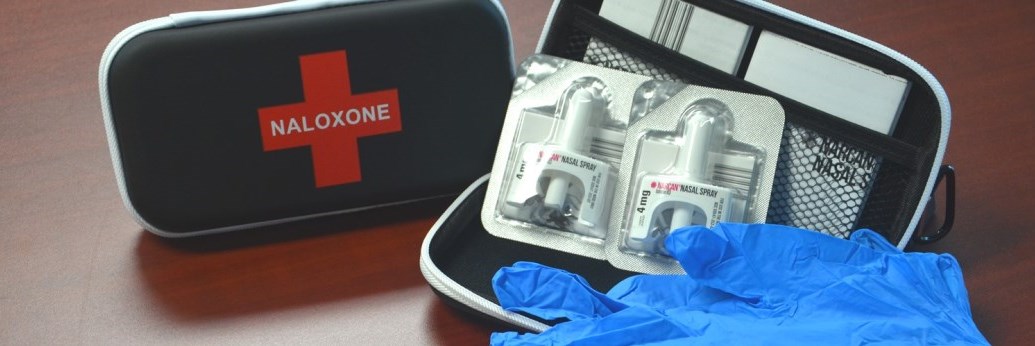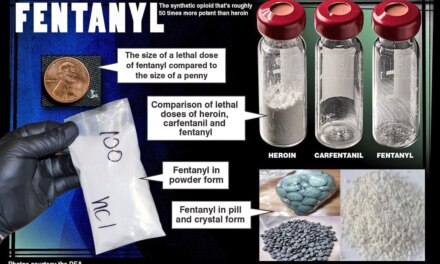Emergency Rooms are the first point of contact with the healthcare system for many drug users. Drug use can be dangerous, and its medical consequences range from cannabis hyperemesis syndrome to drug-induced psychotic episodes and of course, overdose — even the fatal kind.
All these make the ER an ideal point for early intervention. The patient is already onsite, after all, presumably for treatment of some drug-related problem. It seems logical that he or she would at least be willing to listen to an offer of further assistance.
For instance, a prescription for naloxone to revive the user in the event of a future overdose, or for buprenorphine to help manage craving and hopefully limit opioid use going forward.
So I was surprised to discover how few eligible patients were leaving the Emergency Room with a prescription for these two medications. It’s less than 10%, according to a recent study from researchers at the University of Michigan.
At first glance, that seems absurdly low. Why wouldn’t someone who’d recently overdosed be provided with such medicines, or a prescription for same, when they left the hospital?
Especially now, as overdose is a bigger risk than ever. According to the DEA, around 40% of confiscated samples contained fentanyl. The user may not know that, of course. It’s often hidden. Still, it doesn’t take much fentanyl to dramatically increase the risk of a fatality.
The news wasn’t much better for buprenorphine, an opioid medication commonly used to manage opioid withdrawal. Taking it regularly has been shown to significantly reduce the chances of a fatal overdose. But according to the study, patients were given a prescription from the ER staff only 8.5% of the time.
Too bad, because with addiction as the driving force, it’s likely that the first time a user overdoses may not be the last.
In fact, “…In a 2019 study, researchers found 1.1% of patients treated for opioid overdose died within one month and 5.5% died within one year.” When we stop to consider how many opioid users there are in today’s America, we begin to understand the scope of the problem. And it appears to be growing worse.
One oft-suggested remedy: make it standard practice to offer every patient seen in the ER after an overdose a prescription for one or both medications, either at time of discharge or at a follow-up visit if one is scheduled.
It does seem logical. But in reality, there are barriers to overcome, especially with respect to Suboxone, the preferred formulation for buprenorphine.
I explore some of those barriers in a followup post soon to come.













